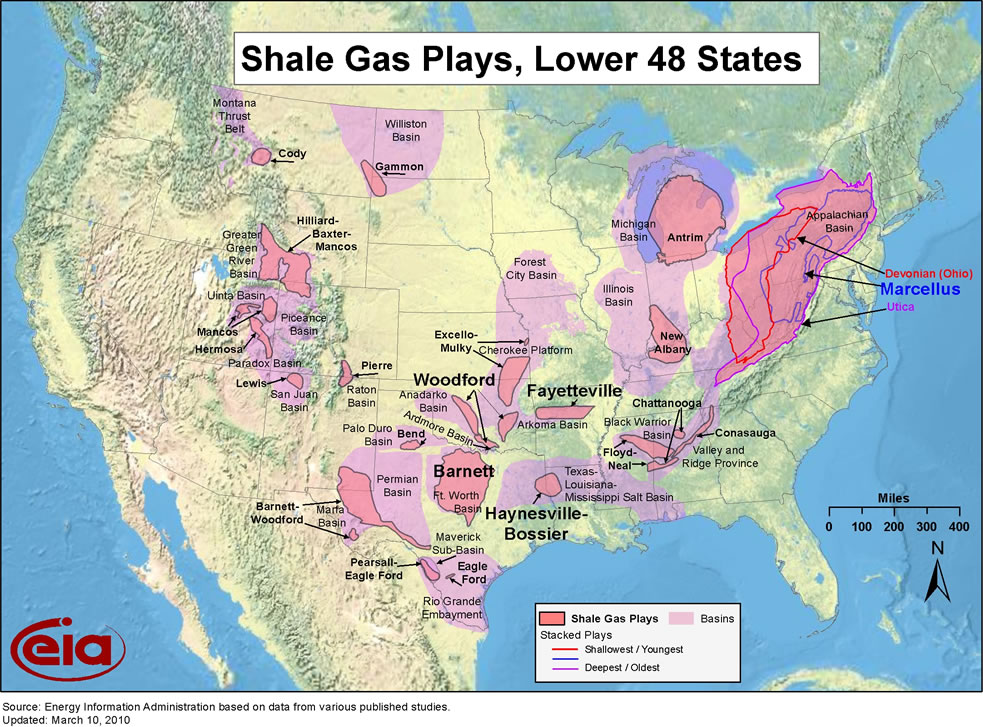February 2016, Vol. 243, No. 2
Web Exclusive
Shale Primed to Decline Substantially this Year

U.S. shale has weathered the oil crash better than many expected, but the stubborn persistence of low prices through 2016 could amount to the “straw breaking the camel’s back” for shale production.
The International Energy Agency released its Medium Term Oil Market Report on Feb. 22 at the IHS CERA Week conference in Houston, an annual confab for the elite of the oil industry. In its report, the IEA sees U.S. shale finally capitulating this year, falling by 600,000 bpd, plus another contraction of 200,000 bpd in 2017. By then, oil prices should rebound as supply and demand converge.
But, it won’t be the end of U.S. shale, the IEA says. “Anybody who believes that we have seen the last of rising LTO production in the United States should think again; by the end of our forecast in 2021, total U.S. liquids production will have increased by a net 1.3 MMbpd compared to 2015,” the IEA wrote decisively. LTO refers to “light, tight, oil,” or light oil from shale.
The near-term prospects don’t look so good, however. The Paris-based energy agency believes that crude oil markets will remain oversupplied throughout 2016, with the glut expected to be about 1.1 MMbpd. The supply overhang will disappear in 2017, but the extraordinary levels of oil currently siting in storage will delay a rise in oil prices.
The pain will be felt far and wide. Shale companies are slashing spending, laying off workers, and forgoing drilling plans in an effort to avoid bankruptcy. Collectively, OPEC has seen oil export revenues fall from a peak of $1.2 trillion in 2012 down to $500 billion in 2015. Revenues will further decline to just $320 billion this year.
The usual caveats apply to the IEA’s projections. The expectation of persistently low prices obviously could be upended by a major supply outage due to some unforeseen geopolitical event. An unexpected demand surge could cause markets to tighten faster. An OPEC production cut would slash supplies more than anticipated. However, assuming those scenarios do not play out, 2016 will be another year for low oil prices.
The longer term looks different. The IEA expects annual demand growth of 1.2 MMbpd, which it says is a “very solid outlook in historical terms.” That will mean the world surpasses 100 MMbpd in demand somewhere around 2019 or 2020.
The dramatic cuts in upstream investment, including in OPEC countries, could lead to a shortfall in supply somewhere down the road. Venezuela, Nigeria, and Algeria are undergoing “massive economic retrenchment,” which will “reduce their ability to invest in the oil sector.” Not only that, but political upheaval in countries suffering from economic crisis, particularly in Venezuela, could lead to production declines.
Globally, investment in the oil industry fell by 24% in 2015 and will decline by another 17% this year. Spending money now when oil is $30 per barrel may not make sense for individual companies, but the end result could be a shortage in supply toward the end of the decade. With production relatively inelastic in the short-term, we could see a few years of stagnant supply while demand rises. As those curves cross, it will be challenging for new output to kick into gear to meet rising demand. New production takes time.
Crucially, today’s spare capacity is limited. Saudi Arabia is producing almost flat out, and only has a 1.5 MMbpd or so sitting on the sidelines. Iran has some latent production capacity that it is bringing back. But beyond those two countries, the world has few options to respond to a near-term supply crunch.
“The risk of a sharp oil price rise towards the later part of our forecast arising from insufficient investment is as potentially de-stabilizing as the sharp oil price fall has proved to be,” the IEA warned. It may be hard to envision while everyone is drowning in oil, but the IEA sees a supply shortage looming by 2020.
Written by James Stafford, Oilprice.com





Comments